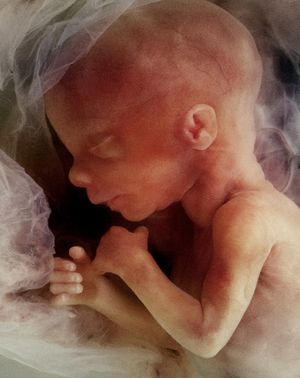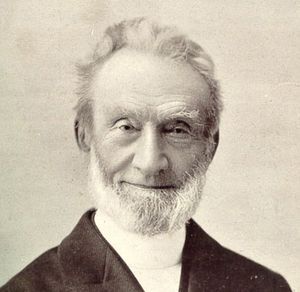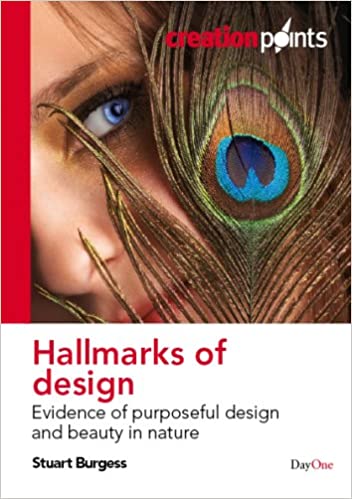
The Bible teaches that God has left his hallmark on creation so that all people may know that there is a Creator. The apostle Paul says: ‘His [God’s] invisible attributes are clearly seen, being understood by the things that are made, even His eternal power and Godhead, so that they are without excuse’ (Romans 1:20).
The appeal to design in nature as evidence of a Creator is sometimes referred to as the ‘design argument’. The design argument is very relevant and important today because so many people believe that there is no Creator and no Judge.
Our increased understanding of the complexity of nature means that the design argument has never been as strong as it is today. Many people do not realise how much the theory of evolution is restricted by its reliance on incremental change and natural selection. In contrast, an intelligent designer has no such limitations and can create extreme levels of order, complexity and beauty.
There are particular hallmarks of design in nature that provide strong evidence for a Creator. These include irreducible mechanisms; complete optimum design; added beauty; extreme similarity; extreme diversity; and man-centred features.

Irreducible mechanisms
An irreducible mechanism is one that must have several parts present simultaneously if the mechanism is to have a useful function. One example of an irreducible mechanism is the human knee-joint, because it requires at least four complex parts to exist simultaneously and in a complex assembly.
The femur and tibia bones are required to form a rolling joint, and the two cruciate ligaments are required to form a precise linkage system. It is extremely difficult to explain how the knee-joint could have evolved gradually by a series of random genetic mistakes, each affecting only one component of the structure. All the parts had to be present before a functioning joint could exist.
Irreducible mechanisms like skeletal joints not only give evidence of design but they also reveal the infinite power and wisdom of God. Solomon spoke of the wonder of the growth of bones in the womb: ‘As you do not … know how the bones grow in the womb of her who is with child, so you do not know the works of God who makes everything’ (Ecclesiastes 11:5).
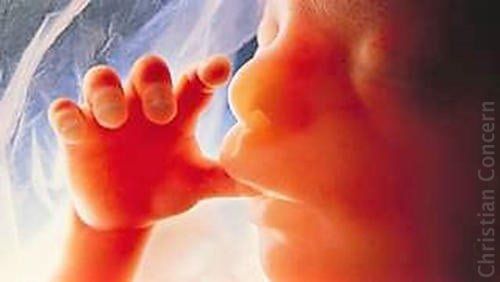
Complete optimum design
Evolutionists often claim that optimum design in nature is evidence of natural selection at work. However, optimum design in nature is so complete that it actually provides evidence of intelligent design rather than evolution.
Evolutionists admit that if life had evolved there would be many vestigial (i.e. non-functioning) parts in humans and other creatures. Yet no indisputable vestigial parts have been found! Indeed, engineers have voiced so much praise for the design of living things that it is starting to become a source of embarrassment for evolutionists.
The concept of non-functioning parts is completely inconsistent with biblical teaching on the wonder of creation. If the human body contained vestigial parts, then the psalmist David could never have said: ‘I will praise you, for I am fearfully and wonderfully made’ (Psalm 139:14).

Added beauty
Beauty that has no physical function can be termed ‘added beauty’. An example in man-made objects is the intricate form of classical columns. Such columns need only a plain cylindrical form to perform their physical functions, but the designers embellish them with intricate patterns and shapes to produce a high degree of beauty. In a similar way, it is clear that there are features in nature that have been put there deliberately to provide beauty rather than function.
One striking example of added beauty are the feathers of certain birds, such as the peacock and birds of paradise. The evolutionist claims that these features evolved because birds with beautiful plumage compete best for mates.
But this theory relies on birds having a highly skilled aesthetic appreciation, which is very difficult to explain by evolution. Also, many species of birds survive quite happily without beautiful feathers. If colourful plumage were important for survival, all birds should be colourful.
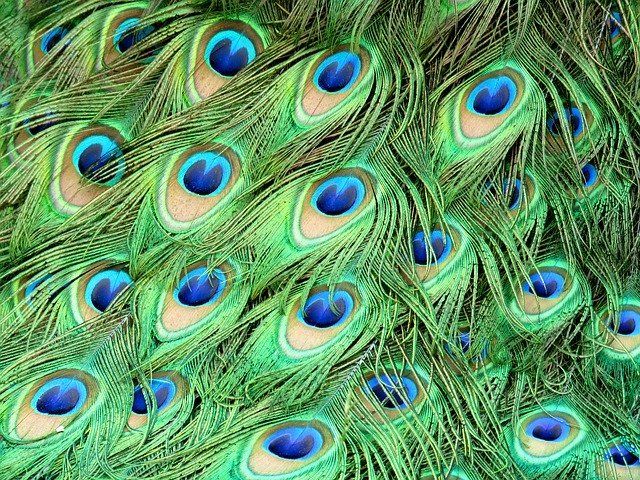
Beauty in nature not only gives evidence of design but also reveals the goodness of God, because it is clear that beauty has been put in place for the pleasure of mankind.
Extreme similarity
Evolutionists claim that the similarities between different species in nature is evidence that all species are related through an evolutionary tree. However, similarities are just what would be expected from a Creator, so they cannot be assumed to be an evidence of evolution.
It is well known that there is deliberate similarity in the components of man-made products such as bicycles, cars and trains. The similarities between unrelated species in nature are often so extreme that they actually provide evidence of intelligent design and not evolution.
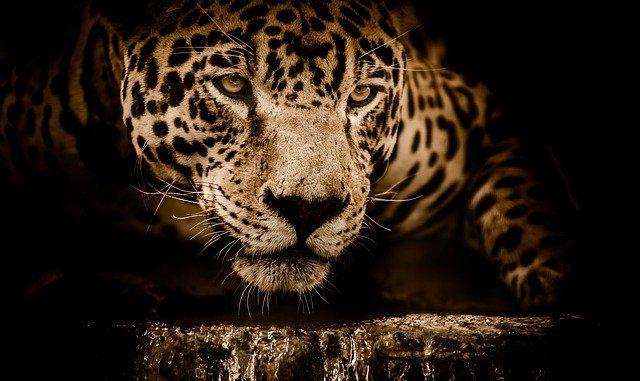
An example is the facial layout of humans, mammals, birds and fish. These different classes of creature have such different anatomical features that it is amazing how much similarity there is in the layout of their faces.
To explain these things, evolutionists appeal to ‘convergent evolution’, that is, creatures with completely different ancestors acquire similar characteristics (like flight in insects and birds). But where does this leave the evolutionary theory that similarity points to a common origin?
Extreme diversity
Evolutionists also claim that the diversity of life is evidence of evolution. But, as before, diversity is just what one would expect from a Creator. So the crucial question is whether the evidence points towards evolution or creation.

The diversity in nature is so extreme that it once again points to intelligent design and not evolution. For example, there are many creatures in nature that have unique features that could not have evolved from antecedent features.
One example is the hummingbird. This type of bird has a specialised wing structure and movement that enables it to perform extraordinary aerodynamic manoeuvres. It is so unique that evolutionists have found it impossible to hypothesise an evolutionary tree for the hummingbird.

Other examples of unique features are found in the platypus, camel, bombardier beetle and penguin. The psalmist aptly described the great diversity of life that God has made: ‘O LORD, how manifold are your works! In wisdom you have made them all. The earth is full of your possessions — this great and wide sea, in which are innumerable teeming things, living things both small and great’ (Psalm 104:24-25).
Man-centred features
Since the theory of evolution is based on random processes, it could never produce a world containing so many features suitable for human survival and comfort. Examples of such features are a climate that allows human life to prosper; fruits and vegetables remarkably well suited to the dietary requirements of humans; horses and other animals to provide transport; animal skins and wool for clothing; wood and stone for shelter; and so on. Natural processes such as the water cycle are highly suited to the needs of man.

The Bible often speaks of how the earth has been specifically designed for man. For example, the psalmist says: ‘He causes the grass to grow for the cattle, and vegetation for the service of man, that he may bring forth food from the earth, and wine that makes glad the heart of man, oil to make his face shine, and bread which strengthens man’s heart’ (Psalm 104:14-15).
The witness of creation
The witness of creation is summed up in the book of Job: ‘He does great things which we cannot comprehend’ (Job 37:5). Modern discoveries have shown that the order and beauty in nature are indeed too great to be comprehended by the human mind.
As we learn more about the awesome complexities of nature, the impossibility of evolution becomes more apparent. In Psalm 14 we read: ‘The fool has said in his heart there is no God’ (Psalm 14:1). Only a fool can look at the stars of heaven and the diversity and intricacy of life on earth, and say ‘there is no God’. Only a fool can look at the wonder of the human body and mind and really believe ‘there is no God’.
Matthew Henry summed up the foolishness of atheism in the following way: ‘Let us learn hence that atheism is folly, and atheists are the greatest fools in nature, for they see there is a world that could not make itself, and yet they will not own there is a God that made it’.

Pointing out the foolishness of evolution is both biblical and necessary today. There is a great need to tell our neighbours and friends that ‘all the gods of the peoples are idols, but the Lord made the heavens’ (Psalm 96:5).
The truth of creation should also be a great encouragement to Christians. Creation reminds us that God is infinitely wise and caring and well able to provide for our needs. It also reminds us that God is infinitely powerful and well able to save sinners. How we need to follow the advice of Elihu who told Job: ‘Stand still and consider the wondrous works of God’ (Job 37:14).



